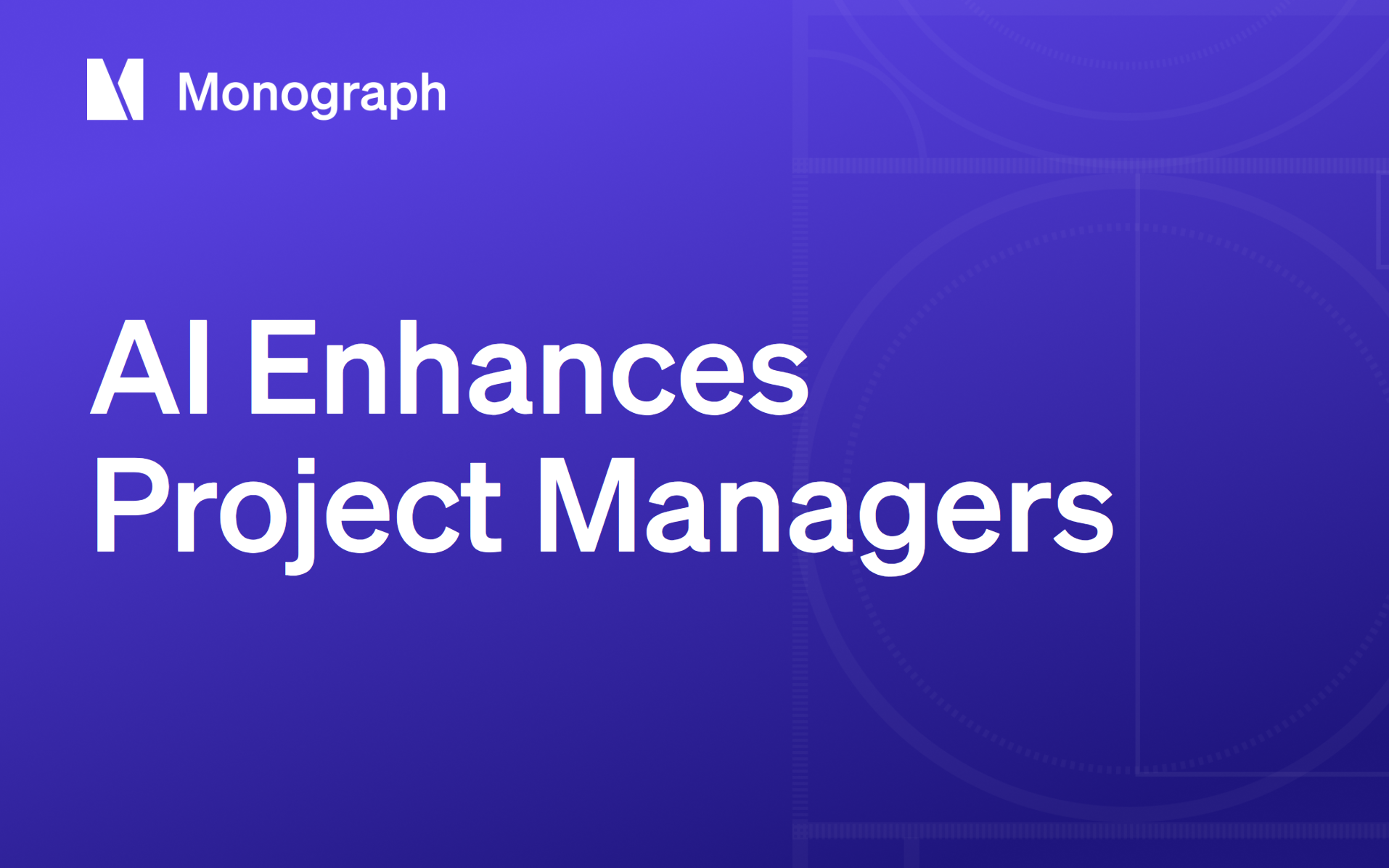Contents
Architecture and engineering project managers are continually expected to deliver exceptional projects on time and under budget. Yet 76% of firms rely solely on on-the-job training for project management development. Almost half of A&E firms provide no formal PM training whatsoever. This training gap means that choosing the right project management methodology goes beyond efficiency. It's about survival in an increasingly competitive market.
The stakes are higher than ever. Client expectations are shifting toward collaborative delivery methods, with delivery methods growing at 11-13% annually. Design-Build demand increased 11% while Construction Manager at Risk (CMAR) demand grew 13.4%. Traditional approaches lose market share. Yet most A&E professionals must navigate these methodology decisions without comprehensive published guidance from industry authorities.
Five Primary Methodologies Shaping A&E Practice
Architecture and engineering firms operate within five distinct project management methodologies, each defining contractual relationships, risk allocation, and collaboration structures between owners, designers, and contractors.
Traditional Design-Bid-Build: The Phase-Based Foundation
Design-Bid-Build is the methodology where an owner contracts with an architect for design, then uses those design documents to shop for competitive bids from contractors then choose one to do the build. This sequential approach operates in three distinct phases: complete design development, competitive bidding, and construction. The Design-Bid-Build works best when predictability and cost competition are the most important variables.
This methodology offers A&E firms clear advantages: design control throughout the process, compatibility with percentage fees, and well-defined risk allocation. However, the separation between design and construction phases means contractors provide no constructability input during design development, potentially leading to cost overruns and unbuildable details discovered only during bidding.
Construction Manager at Risk: The Growth Leader
CMAR is a methodology where the owner hires a construction manager early on in the design process to provide constructability input and cost management. The construction manager provides a guaranteed maximum price (GMP) and assumes risk for cost overruns.
CMAR experienced the strongest market growth at 13.4% increase in demand, making it the most attractive balance for owners seeking collaboration without abandoning traditional project structures.
For A&E firms, CMAR maintains design authority while providing early constructability input by bringing a construction manager on board during the design phase while maintaining separate design and construction contracts. The methodology supports traditional fee structures without requiring the comprehensive restructuring demanded by more integrated approaches.
However, it increases coordination requirements and may create value engineering pressure that compromises design intent, as Construction Managers focused on meeting Guaranteed Maximum Price (GMP) commitments may push cost reductions throughout the design development and construction documents phases.
Design-Build: Speed at a Cost
This methodology accelerates schedules by allowing overlapping design and construction phases. Early contractor involvement improves buildability and reduces RFIs during construction. However, when A&E firms subcontract to contractors, they lose direct client relationships and design authority which can lead to a diminished role for the architect.
Design-Build showed 11% demand growth in 2024, with "progressive design-build" emerging as a preferred variant where design and construction procurement happen in stages rather than as a single package.
Downsides to this methodology include that a compressed timeline can pressure designers to make decisions before full information is available, potentially compromising design quality. According to the research, Design-Build often emphasizes speed and cost over design excellence, creating fee structure pressure for A&E firms where design fees are typically bundled into overall project cost, making percentage-based compensation difficult.
Integrated Project Delivery: Proven Performance, Complex Implementation
Integrated Project Delivery (IPD) restructures compensation through shared risk/reward pools rather than traditional A&E percentage fees or hourly billing. IPD has been shown to deliver statistically superior performance across measures of quality, schedule, project changes. IPD requires multiparty agreements binding owners, architects, engineers, and contractors with aligned incentives through shared risk/reward structures. All key stakeholders participate from project conception with collaborative decision-making throughout the lifecycle.
Implementing IPD, however, does but requires fundamental business model restructuring. The challenge for A&E firms lies in fundamental business model changes. According to the AIA IPD Guide, this conflicts directly with the billing patterns documented in ZweigWhite's industry data, where percentage-of-construction-cost and hourly rates dominate A&E firm revenue models. Additionally, IPD requires "liability waivers between key participants" and fundamentally different risk allocation that may conflict with standard professional liability insurance policies, necessitating complex liability arrangements among all participants.
Lean Construction: Process Enhancement Across Methodologies
Lean Construction applies manufacturing principles to design and construction, focusing on maximizing value while minimizing waste throughout project delivery.
Unlike other methodologies, Lean functions as both a standalone approach and a process improvement framework that can be applied across Design-Bid-Build, Design-Build, or other contractual structures. The Lean Construction Institute reports that "design firms and teams who embrace Lean methods experience a significant boost in productivity.
Fee Structure Compatibility: A Critical Constraint in Project Delivery Methodology Selection
The most significant barrier to methodology innovation isn't cultural resistance but fee structure incompatibility. Research reveals that only 23% of fees are collected by end of Schematic Design.This, combined with IPD's requirement for shared risk/reward compensation, creates a fundamental business model conflict.
This explains why CMAR is growing faster than IPD despite IPD's proven performance advantages. CMAR provides collaboration benefits while maintaining traditional fee structures that align with existing business models and cash flow patterns. In contrast, IPD requires fundamental restructuring of fee arrangements away from the hourly and percentage-based models that dominate the industry, plus complex insurance and liability arrangements that create barriers to adoption.
Firms considering methodology changes must evaluate these financial implications:
- Revenue recognition timing and patterns
- Cash flow impact during transition periods
- Professional liability insurance compatibility
- Contract negotiation and risk allocation changes
Understanding these financial realities helps explain why methodology adoption often follows market pressure rather than actual internal optimization.
Integration with A&E Workflows
Successful methodology implementation must work within the architectural foundation of A&E practice: phase-based project structures. While phase-based project structures (SD/DD/CD/CA) are widely used and supported by AIA contract standards, professional liability insurance practices, and regulatory approval processes, alternative project management methodologies such as design-build and integrated project delivery are also accommodated within current professional, contractual, and regulatory frameworks.
Time Tracking Evolution
Modern project management methodologies emphasize granular time tracking that flows directly into budget and profitability analysis. Woodhull, a 25-staff architecture firm in Maine, achieved 66% time savings on administrative tasks after implementing structured time tracking workflows, demonstrating how proper methodology integration can dramatically reduce operational overhead.
The distinction between project-level and phase-level tracking matters significantly. Tracking time to SD versus CD versus CA phases rather than just to "Project X" enables real-time visibility into which phases consume budget disproportionately, early detection of scope creep, and accurate basis for phase-based billing adjustments.
Budget Visibility Requirements
Leading A&E firms implement methodologies centered on continuous financial visibility within phase-based structures. According to A&E timekeeping, "Real-time budget-versus-actual visibility lets project managers see burn rates the way structural engineers read load paths: continuously, not once a month."
This real-time approach transforms resource allocation from reactive to proactive. Rather than discovering at phase-end that the construction documents budget was exhausted, project managers can see daily burn rates and adjust resources, scope, or authorization before budgets are depleted.
Strategic Framework for Methodology Selection
Many successful A&E firms develop hybrid or customized methodologies rather than applying off-the-shelf frameworks. According to PSMJ's research examining practices in over 100 A&E firms, "the most common PM practices are NOT the best practices" for budget performance and client satisfaction.
Decision Factors for Small to Mid-Size Firms
To evaluate methodologies, consider these practical considerations:
- Market opportunity alignment with growing delivery methods (CMAR, progressive Design-Build)
- Fee structure compatibility with existing billing and revenue recognition patterns
- Client relationship requirements and design authority preservation needs
- Risk allocation comfort and professional liability insurance alignment
For firms prioritizing design control and traditional business models, Design-Bid-Build and CMAR maintain architectural advisory authority while aligning with standard fee structures.
Your methodology choice ultimately reflects strategic positioning: Are you optimizing current operations or positioning for market evolution? The answer determines whether traditional approaches or collaborative methodologies better serve long-term business objectives.
Transform Your Project Management Today
Whether you're implementing CMAR coordination workflows, managing Design-Build timeline compression, or tracking IPD shared risk pools, success depends on having integrated project management that connects time tracking, budget monitoring, and invoicing across all phases.
Monograph provides A&E firms with the real-time project visibility needed to execute any methodology successfully. Our platform handles phase-based budgeting, consultant coordination, and financial tracking that keeps projects profitable regardless of delivery method.
Over 13,000 architects and engineers across 1,800+ firms use Monograph to manage complex projects from schematic design through construction administration. Whether your next project uses traditional Design-Bid-Build or progressive Design-Build, you need systems that provide instant visibility into budget versus actual spending, utilization rates, and cash flow projections.
Monograph's signature MoneyGantt™ feature provides instant visual intelligence into project financial performance. See which phases and projects are off-track in seconds by combining traditional timelines with budget-to-cash progression. Get the clarity you need to execute any methodology successfully.
The methodology decision is strategic. The execution tools are tactical. Get both right with Monograph.
Frequently Asked Questions
How do we transition from Design-Bid-Build to CMAR without disrupting current projects?
Start with new projects while maintaining existing Design-Bid-Build contracts. CMAR requires earlier contractor involvement during design phases, but your existing design processes remain largely intact. Focus on developing GMP negotiation skills and value engineering coordination protocols. Most firms find CMAR easier to adopt than IPD because it preserves traditional fee structures while adding collaborative benefits.
What if our fee structure doesn't align with IPD requirements?
IPD's shared risk/reward compensation often conflicts with standard A&E billing practices. You might consider CMAR or progressive Design-Build as intermediate steps that provide collaborative benefits without requiring complete business model restructuring. Many firms successfully implement IPD principles within traditional contracts before committing to full multiparty agreements.
Which methodology works best for small A&E firms with limited resources?
CMAR offers the best balance for most small firms with maintained design authority, and compatibility with existing fee structures. It requires minimal process changes while providing early constructability input. You might want to IPD initially unless clients specifically demand it, as the business model complexity can overwhelm small firm operations.
How long does methodology implementation take?
Most firms successfully transition methodology approaches within 6-12 months when starting with new projects. Design-Build and CMAR implementations typically take 3-6 months of process development. IPD may require up to 12-18 months since it often involves contract restructuring, insurance arrangements, and team training requirements. The key is maintaining current project commitments while developing new methodology capabilities.
Can we use different methodologies for different project types?
Absolutely. Most successful A&E firms maintain methodology flexibility based on client preferences, project complexity, and risk tolerance. Use Design-Bid-Build for traditional clients, CMAR for collaborative owners seeking cost certainty, and Design-Build for fast-track projects. Having systems that support multiple methodologies gives you competitive advantages across diverse market segments.





